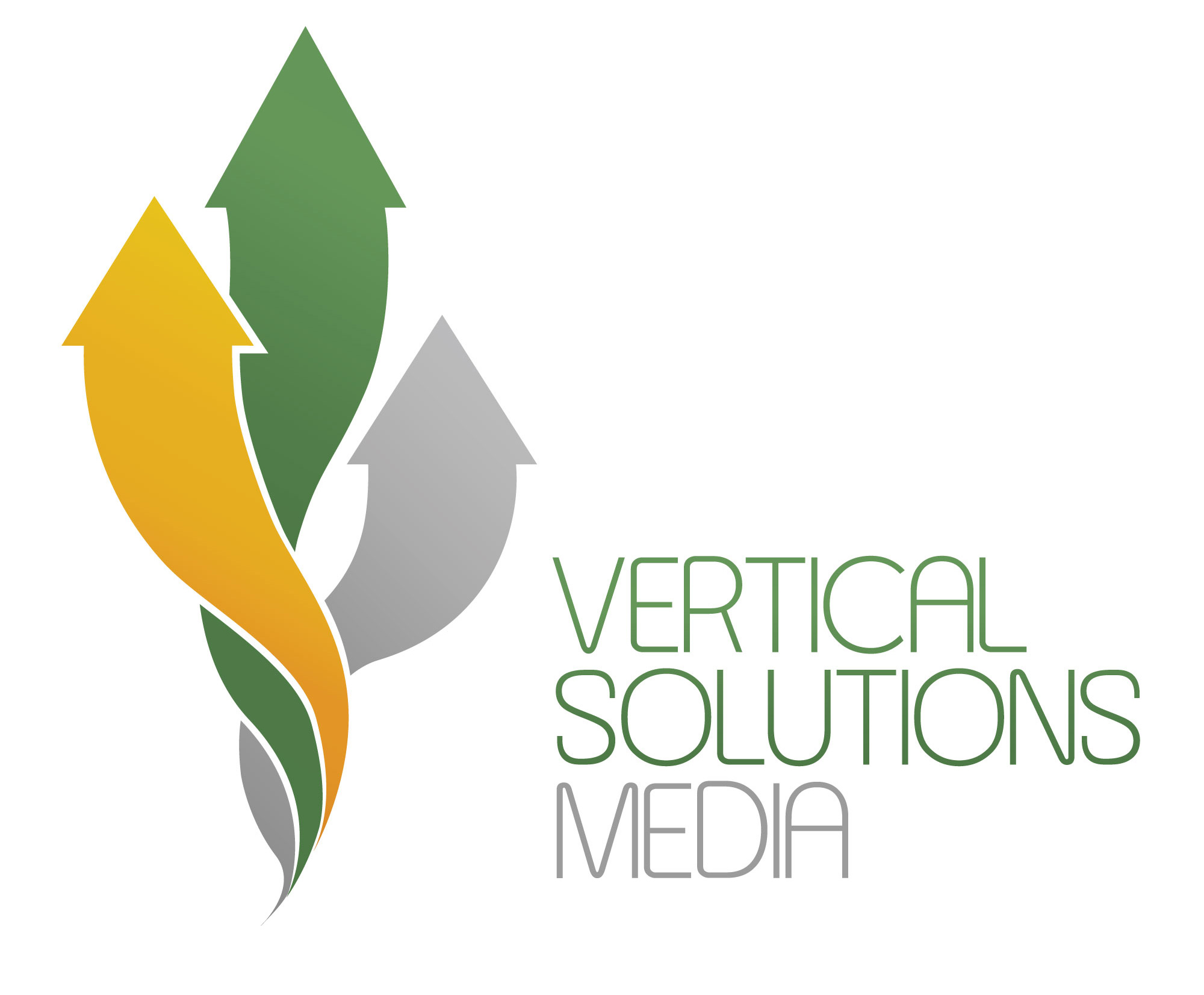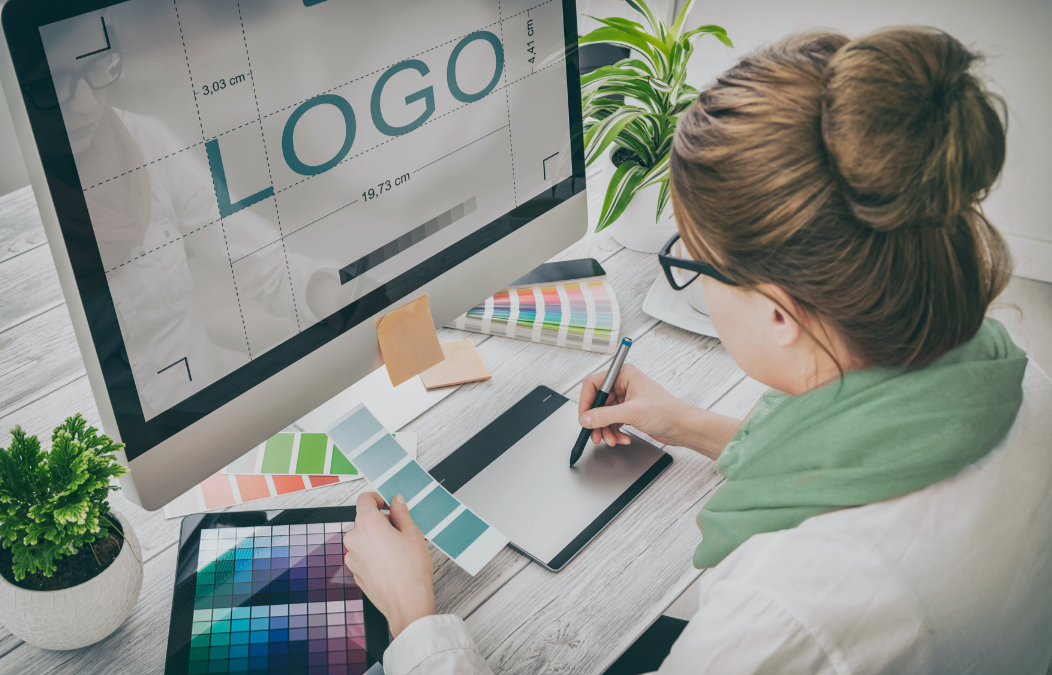You’re surrounded by it every day, everywhere—graphic design! Some of it is great; some of it isn’t great; some of it is simply confusing. But before you give all the credit – good or bad – to the graphic designer, understand that graphic design begins with communication. It’s an art all its own. And it isn’t just a one-way street.
Here are 3 effective ways to communicate to your designer what you want in your project.
1. HAVE A VISION.
If your basic instructions are, “Here’s the size, here’s a picture. Make it say something like…”. Well, you get what you get and you don’t pitch a fit.
Having a vision means:
Knowing the message you want to convey.
Who needs to receive that message?
What kind of feedback you are hoping to achieve.
Be specific in every way you can. More often than not, a graphic designer wants you to be extremely happy with their work. As School House Rock explained to us decades ago, “Knowledge is power!” The more information you can provide to your designer, the more confidence they will have in producing the project you desire.

2. PROVIDE THE NECESSITIES.
a. The business brand. The brand of the business is the foundation for the project to begin. Your brand is your logo, color scheme and tag line. These three identifiers that should be repeated in all your business communications. Provide these identifiers in clean, scalable formats like JPG or PNG.
b. The project scope. This includes:
o Project specs – color or black and white, finished size, for print or screen
o Image choices (photos, illustrations)
o Font choices – This is optional since you may not have to specify beyond what your brand calls for since designers are extremely adept at designing with fonts.
o Copy – Not every project has copy. If copy is a part of the scope, understand that it is powerful. Copy dictates the number of pages in your project, how many images are necessary to complement the copy, the number of columns and more.
c. Visual examples. Share what you love and don’t love with your designer. This can be previous company designs, or pieces from magazines or web searches. A little extra time spent at the beginning of a project can save an abundance of time in edits and revisions.

3. PROVIDE HEARTY FEEDBACK.
Be as specific here as you were at the beginning. Break it down into parts and give concise feedback, such as:
o Color (less purple)
o Images (more diverse in age and race)
o Fonts – (perfect!)
o Layout – (I’d like to see it without the blue box and then decide).

Ask questions when you feel like you don’t understand why something is designed a certain way. Questions lead to better communication.
As I mentioned earlier, this isn’t a one-way street. Your designer may have questions for you and may need to explain the process of doing what you’re asking for. Often, something that sounds very simple to do from the business side of the project is a time-consuming process on the design side. It isn’t bad that it takes time, it just needs to be understood by both sides. A great relationship with your graphic designer begins with great communication.
If you’d like more in-depth information concerning any of the items mentioned here, please contact us.
Running a business is more challenging than ever before. Get the marketing support and training you need to grow your business. Time to Thrive includes live events, marketing mastermind, core training and group coaching. Click the button below to learn more!


Recent Comments